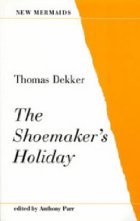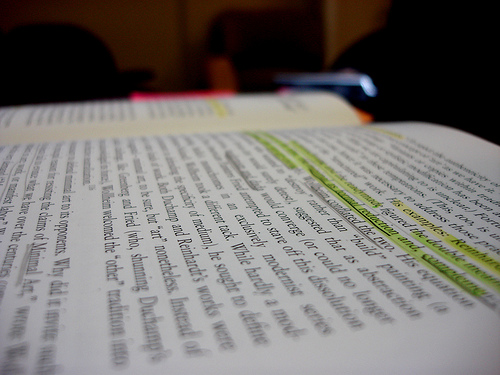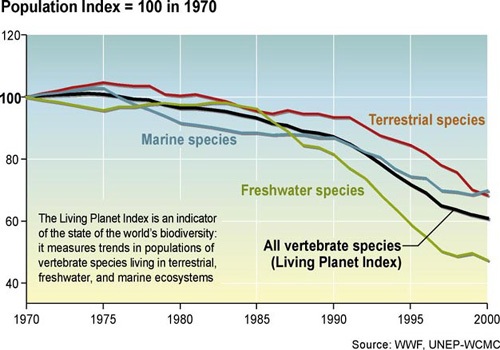If you’re in the Columbus area and looking to exercise your literary rhetorical mind, check out CANDYGRAM. The first issue kicks off with a release party Saturday, November 14th at Skylab and includes work from Harlot‘s own reviewer, Dave Gibbs. [Insert apology for the flagrant bragging of the Harlot Consortium. But seriously, they’re pure awesomeness.]
For more info (you know, addresses etc) the press release is listed below. Enjoy this tasty treat!
—————————————————————————-
For Immediate Release:
Skylab Gallery is proud to present new work from Columbus based
visual, performance and sound artist Dan Olsen!
Opening on Saturday November 14th and running through the 30th, the
new show is entitled “New Age Dang Brains / Slow Hall Slow Oats /
Bummer Healing” and includes 30+ drawings, videos, sounds and
installation. Olsen’s work is complex, psychedelic and seems to come
directly from his melding stream of consciousness. This show deals
with “shallowness, purposelessness, meaninglessness and spiritual
depletion” and will run the gamut of Olsen’s work. The opening
includes a live performance.
Olsen has exhibited work at Chop Chop Gallery in Columbus, the Toledo
Art Museum, Artscape Festival in Baltimore, ROY G BIV Gallery in
Columbus, Skylab and the Shelf in Columbus, and Van Gallery in
Columbus. His short film, “Homeslice”, was selected in the 2007 San
Francisco Short Film Festival, 2007 Wexner Short Film Showcase, and
published in the Journal of Short Film VOL. 12.
For more information and a beautiful sampling of some of Olsen’s work,
visit his website – www.danzodanzo.com.
The same evening, November 14th –
CenacleHousePublications, Skylab and the Shelf Gallery are also proud
to present the official release of CANDYGRAM! The new literary and
fine art journal showcases over 30 Columbus based writers and artists,
including Eva Ball, John Malta, Micheal O’Shaughnessy
James Payne, John Also Bennett, Mike Wright, and John Stommel. The
night will feature musical performances from Cursillistas
(California), Buckets of Bile (Brooklyn), and a few surprise local
acts in between. Artwork will be on display from those featured in the
journal, as well as a special literary installation. Come out and
support a new forum of writing and art unparalleled in Columbus!
Lantern Article about CANDYGRAM –
http://www.thelantern.com/arts/osu-student-to-publish-literary-journal-1.793542.
For more information about CANDYGRAM, email Shannon Byers at
candygramjournal@gmail.com.
Both Events to begin at 7 PM, running through 1 AM.
There is a $5 Suggested donation for the CANDYGRAM release.
Skylab Gallery and the Shelf are located at
57 East Gay Street in Downtown Columbus, OH.
Visit www.myspace.com/skylabgallery for more information, or become
our fan on Facebook!





